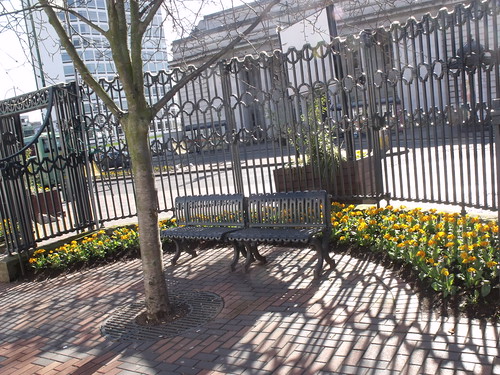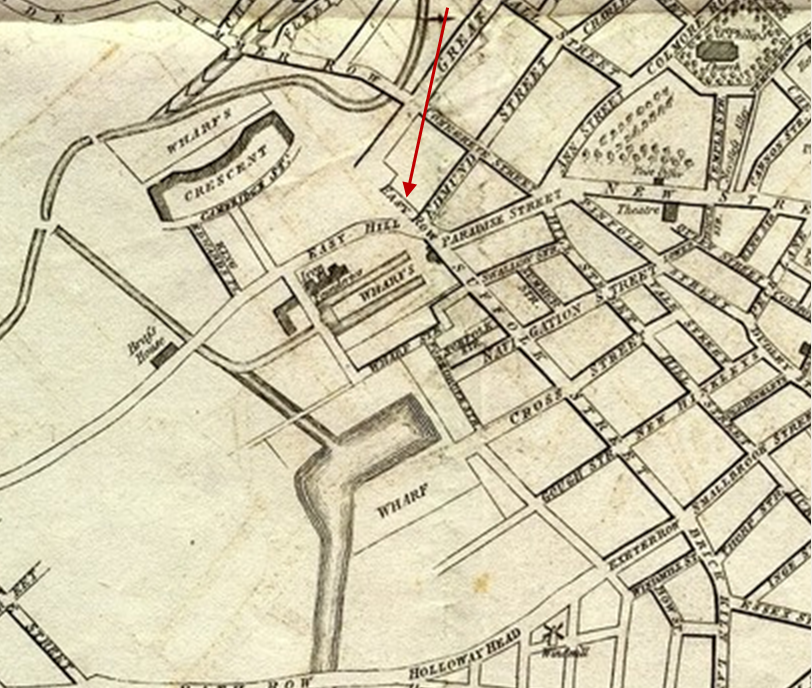Scottowner,
It is strange, but so is the story of Perry & Co. Ltd. of Lancaster Street, who for over 100 years were the largest manufacturers of pen nibs. But in the early 1900s they took on a young engineer, Cecil T. Bayliss (later made a Director), who expanded the Company into the manufacture of cycle chains and later designed his own motor cars, only three of which now exist worldwide, which were for a few years made by Perry & Co. Ltd. By 1919, the car business had been sold to a Walsall company, and in the 1960s the chain business was taken over by Renold Chain of Manchester, and the pen business was bought by British Pens Ltd. Perhaps a member of the board or of management of Easton Lloyd saw a business opportunity - stranger things have happened many times before.
As we don't know anything about the death of the business, it's difficult to know where to look for any possible surviving records. For instance, Perry & Co Ltd's records are held in Manchester Library, because the bulk of the business was bought by a Manchester company. My first port of call would be the Birmingham Archives of the Library of Birmingham, but don't hold your breath!
Maurice





